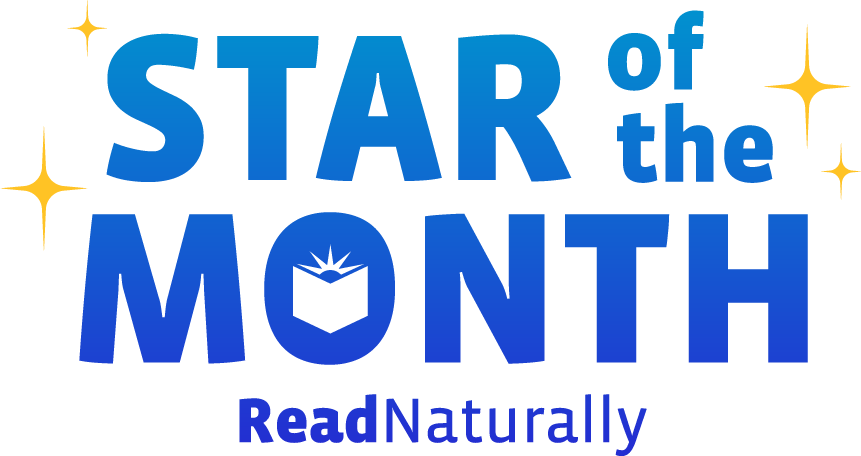Raise your hand if you've ever heard a child joyfully declare, "X is for Xylophone!"?
Read more Welcome to the home stretch! For most schools across the nation, winter break is just a couple days away. We hope your students’ time at home will allow them to get lost in the pages of a book beneath a cozy blanket. Last week’s blog post offers several free activities and ideas to help your students boost their literacy skills at home. Before you send them on their way, we want to reiterate the importance of just one: Reading aloud.
Read more Last year, we asked you to share feedback about what makes parent-teacher conferences successful. Thank you to all the teachers and parents who responded! Here is a compilation of the advice we received--the list includes everything from how to provide parents flexibility in scheduling to why it's important to have a variety of jelly bean flavors. Please read and enjoy this timeless advice!
Read more Assessing students' needs and placing them appropriately is crucial to success in Read Live programs. Check out these short, informative videos to guide you through the process.
Read more We made it to June! Congrats on wrapping up another fantastic school year. We hope you get the opportunity to look back at all you accomplished this year and celebrate a job well done. One of our traditions here at Read Naturally is to look back at all the blog posts we wrote this year and see which ones were the most popular with our readers. This provides a great opportunity to highlight content you may have missed during the busy school year.
Read more In my last post, I shared the many assessment mistakes I’ve made over the years. Blunders aside, I actually love spring assessments for one simple reason. The spring assessment gives me an opportunity to show my students the big picture and remind them that the best reward of all is taking ownership of their own progress. This is usually just a short conversation, but it’s one of the most important talks I will have with them.
Read more Is it really assessment season again? It feels like yesterday that I opened the lab at this new school, met my students, and screened them for reading difficulties using benchmark assessment. The winter assessment window seemed to arrive just a short time after that. And now it’s springtime already, and spring assessment window is almost here. It is time to prepare to assess the students yet again.
Read more As a mother of four young children who are drawn to the iPad like moths to a flame, it’s a little hard for me to write a blog post about the upside of screen time. Mostly I see the iPad as a frequent source of conflict in my house. My kids want to play games or watch shows on it, and I want them to do things I’ve deemed more meaningful—read books, play outside, build with Legos, or, dare I even dream it, pick up their room. Indeed, plenty of research confirms the negative consequences of too much screen time, which is why so many parents find themselves fighting this battle with their children day after day.
Read more Back when Read Naturally founder Candyce Ihnot would present at full-day seminars, she would often start by telling a story about her youngest child, Tommy. One day, Tommy came home from elementary school and angrily declared, “I hate school.” Tommy was the son of two schoolteachers—his declaration was basically blasphemous! When Candyce asked him to explain why he hated school, his lip started to quiver. He told his mom about independent reading time. “She doesn’t even know,” he said of his teacher, “I can’t read.”
Read more Our teacher’s manuals are packed full of useful information about how to implement our programs effectively. They’re extraordinarily well researched and include hundreds of helpful suggestions. Have you read them recently? Cover to cover?
Don’t worry if the answer is no. We know how busy teachers are, and we want to make it easy on you to implement our programs with fidelity. That’s why we’ve created Fidelity Checklists. Download as many as you’d like—they’re free on our website!
Read more  Share your student’s success story—nominate him or her for our Star of the Month award. Win a Barnes & Noble gift card for the student and a Read Naturally gift certificate for your class!
Share your student’s success story—nominate him or her for our Star of the Month award. Win a Barnes & Noble gift card for the student and a Read Naturally gift certificate for your class!